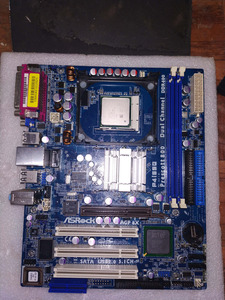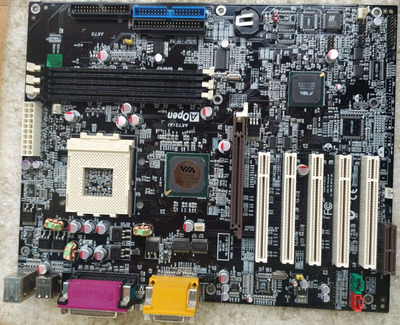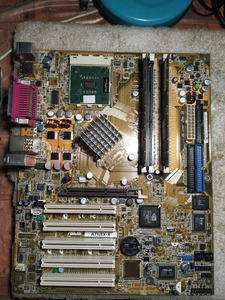First post, by Imito
I was able to buy an asus a7N8X-E motherboard described as working. But it has about 8 capacitors near the VRMs that are not the original ones and have been replaced with some cheap brand.
I would like to have those 8 replaced, or maybe the full motherboard caps replaced with high quality caps. But sadly i don´t have the specific details of the original capacitors.
I did find parcial information about this board on google, and comments given by some users that the caps should be replaced with:
> HM/HN Nichicons or ZL* Rubycon or or FJ Panasonic.
Those series are way discontinued now. And if i follow the rules i should be looking for:
1. equal or higher ripple current then the originals
2.equal or lower ESR/impendance then the originals.
a)UHM nichicon (discontinued)
ripple current 2800 Rated ripple (mArms) 105˚C / 100kHz
ESR/impendance 12 Impedance (mΩ) MAX. 20˚C / 100kHz
b)ZL rubycon: (discontinued)
Ripple Current @ Low Frequency 1.652 A @ 120 Hz
Impedance 21 mOhms
c)No FJ panasonic on digikey
So i wanted to know what series for those brands are the correct and current ones that are currently being produced in order to complete this this job.
I also wanted to know if it is ok to use "general purpose" caps from known brands when replacing the rest of the caps found in the motherboard that are not near the VRMs.






